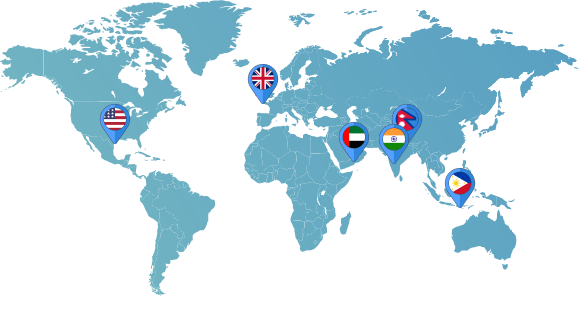FINANCE
DUE DILIGENCE & BUSINESS VALUATION
Overview
Indeed, even in difficult stretches, organisations will keep on completing Consolidations and Acquisitions (M&As). Companies will be under additional pressure to increase shareholder value in their deals as a result of today’s challenging financial environment. Managers who are relying on novel strategies will have to work quickly to satisfy lenders’ terms and demonstrate that their value proposition is genuine. Faster implementation of revenue synergies and cost-cutting initiatives will also be more important in tough economic times. The economics of a transaction will be scrutinized more closely if actual results differ from forecasts. This indicates that achieving success in today’s environment is both more important and more difficult for acquirers. Since many organisations have not generally been effective at making investor esteem through M&As, supervisory crews need to rapidly zero in on the most proficient method to further develop their M&A approach.
However, the good news is that there are still some businesses that have demonstrated how to consistently succeed with mergers and acquisitions. From how they operate to how their teams are organized, many of these businesses share certain organisational traits. These similarities suggest that an organisation can significantly improve its results by taking a few specific measures. For any business to quickly implement these leading practices and increase its success rates, we will examine the most significant differences between the successful M&A teams and the rest of the market and concentrate on comprehending the practical side of these operational and organisational characteristics.
This course will introduce you to the skills that help you make successful transactions even in tough times, such as due diligence and business valuation techniques. Management’s challenge is to beat the odds of the market and execute deals that deliver the value investors demand.
Top Learning Objectives
You don’t need any accounting or finance experience because we’ll go over everything from the ground up. We will use Microsoft Excel in the course to analyse and create a Balance Sheet, Income Statement, and Cash Flow Statement, so you must have access to and a basic understanding of how to use it.
We will also learn how to create the following financial models from scratch using Microsoft Excel:
- Discounted Cash Flow,
- the Weighted Average Cost of Capital,
- Price to Earnings,
- Price to Revenue, and so on – all from scratch (assuming you have no or some accounting/finance knowledge).
All Courses
- Competency-Based Interviewing & Selection for Hiring Managers
- Succession Planning & Career Development
- Developing HR Policy Manuals
- SIP - Managing Remuneration for the Sales Force
- Job Analysis & Descriptions, Job Evaluation & Grades
- Interviewing Skills
- Agile Performance Management & Performance Appraisals
- Compensation & Reward Management
- Budget Control of the HR Function/Effective Manpower Planning
- Excel Skills & Dashboards for Compensation Professionals (Intermediate Level)
- KPI Selection & Management for HR Professional
- IFRS
- Strategic Management Accounting
- Accounts Payable: A & M Best Practices
- Valuation Tools & Techniques
- Financial Planning & Forecasting
- Financial Modelling under IFRS
- Finance as a Strategic Business Partner
- Corporate Finance Masterclass
- Blockchain Masterclass for Business Professionals
- Due Diligence & Business Valuation
- Improving Credit Management & ARC
- Advanced Budgeting
- Advanced Financial Statement Analysis
- Financial Reporting & Analysis
- Financial Risk Management
- Chartered Wealth Manager (CWM)
- Cost Control & Revenue Management
- Credit Risk Assessment, Modelling & Management
- Modelling Complex Projects
- Program Management
- Project Portfolio Management
- Scheduling & Cost Control
- Project Risk Management / Eliciting & Managing Requirements
- Event Safety & Security Management
- Project Selection Under Uncertainty
- Benefits Realisation Management
- Disciplined Agile Scrum Master
- Project Budgeting & Cost Management
- Business Process Management - Mapping & Improvement
- Operations Management
- Delivering Service Excellence
- Lean Management Tools – Fundamentals & Best Practice
- Six Sigma Green Belt
- Quality Management & Business Performance
- Data Visualizations Techniques
- Advanced Business Process Analysis, Mapping & Modelling
- Foundational Customer Relationship Management
- Financial for non finance managers
- Data Analysis
- Strategic Business Intelligence
- Big Data Analytics for Managers & Business Leaders
- Digital Marketing
- Social Media Marketing Masterclass
- Product Management
- Strategic Marketing Planning
- Key Account Management
- Strategic Internal Communications
- Delivering Brand-Driven Growth
- Public Relations Practice
- Market Research, Evaluation & Analysis
- Communications Excellence in CS
- Effective Communication for Sales Success
- Planning & Running Successful PR Campaigns
- Marketing Masterclass
- Corporate Communications
- Successful Product Launching & Brand Positioning




